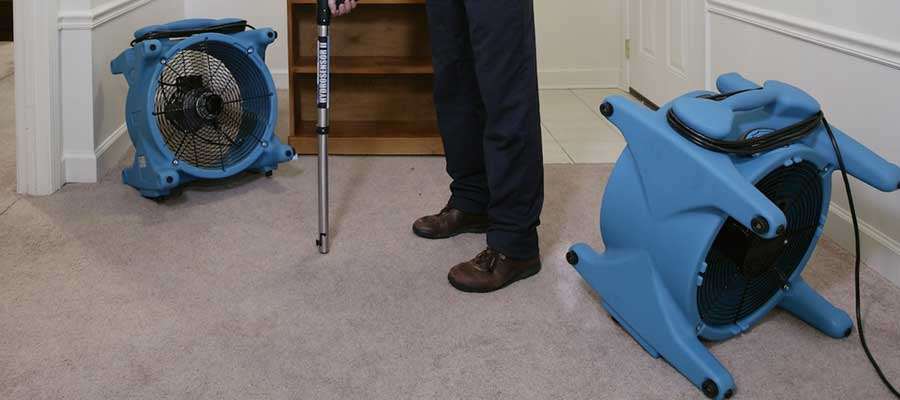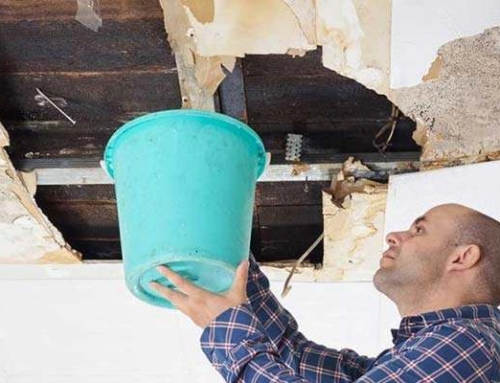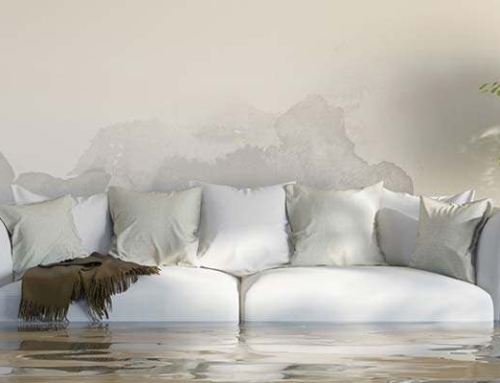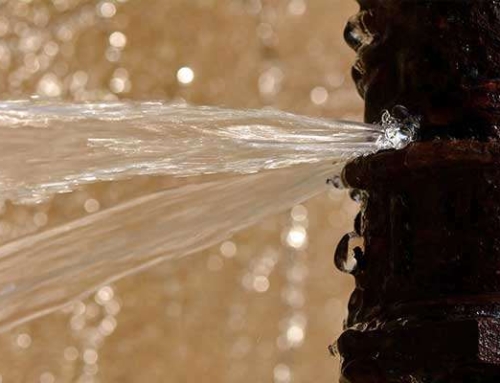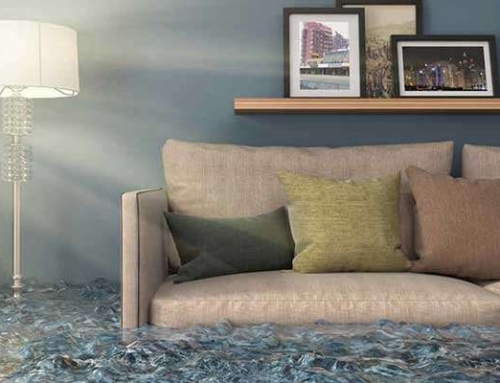Flooding is a common problem in bathrooms. Pipes can break, toilets can get backed up, and countless other plumbing problems can occur, often resulting in extensive water damage. One of the biggest questions most people have after a flood is how much it is going to cost to repair the resulting damage. Before jumping in and getting started on the cleanup process, it is important to understand the various factors that come into play when determining the cost of the repairs and restoration.
1. The Cleanliness Of The Water
Some types of floodwater require more intensive remediation efforts than others. This can affect how much the damage costs to repair. Typically, floodwater is classified in one of three categories. These categories include:
Category 1 – Water that comes from a clean, sterile source
Category 2 – Graywater or water that may contain detergents
Category 3 – Contaminated water that may contain raw sewage, bacteria, or other pathogens. Water in this category is sometimes referred to as black water.
Typically, clean, sterile water is easier to clean up than contaminated water. Category 3 water usually needs to be cleaned up and disposed of by a professional using special equipment. This equipment can include everything from drainage hoses to sump pumps. Contact United Water Restoration Group for help if you aren’t sure what category the water that caused the flooding in your bathroom falls into. They can help you identify the quality of the water, ensuring that it is properly cleaned up.
2. How Severe The Flooding Is
In some cases, the water from flooding can be cleaned up quickly. For instance, if a pipe breaks and the problem is found right away, the water can be shut off before it does significant damage. In other situations, the flooding is much more extensive. In the example above, if the pipe broke and wasn’t discovered for days, it could cause major flooding. This frequently happens in commercial buildings when plumbing problems occur on weekends or when the space is unoccupied. Installing moisture monitors or surveillance cameras may be a good idea. That way, any plumbing problems can be caught quickly, minimizing flood-related damage.
3. Whether Or Not The Drywall Was Damaged
Drywall damage is another factor that plays a role in determining the repair costs after a bathroom floods. Drywall is porous, which means that the floodwater can soak into the surface. This can cause bad odors and can lead to problems with mold. If the problem is left untreated, the damage can become more significant, with the space inside the wall suffering, as well. Moisture from the damaged drywall can even affect the wiring in your home. When evaluating the damage, a technician may cut into the drywall about a foot over the waterline. This allows them to see how significantly the drywall has been damaged. It also gives them a chance to check if the wiring or insulation need to be repaired. These types of cuts in the drywall are typically only necessary with deep flooding.
4. Where The Bathroom Is Located
Flooding in a second-floor bathroom can cause a lot more damage than flooding in a bathroom that is on the main floor. For instance, if a bathtub overflows, the water can soak through the floor to the ceiling below, causing significant ceiling stains and weakening the structure of the floor. If your insurance policy won’t pay for an inspection, you may want to consider paying for one on your own after this type of damage occurs.
5. Mold Problems
Issues with mold can also affect the cost of repairs. Sometimes, mold begins to grow right after the flood occurs. Other times, it takes a while to show up. Bathrooms with high levels of humidity are more likely to experience problems with mold after a flood. Mold spores grow best in moist environments and can find their way into wall cavities, under-sink cabinets, and around the bottom of the toilet. If your bathroom starts to smell moldy after a flood, mold removal will most likely be necessary, adding to the cost of the repairs.
6. Damage To Building Materials
Bathroom floods can sometimes lead to problems like warped wood or unpleasant odors that won’t go away. In situations like this, the bathroom cabinets or other building materials in the space may need to be removed and replaced. Tiles can usually be salvaged, even if they are covered with a significant amount of mold. In cases involving category 3 water, however, it is important to consult a qualified water damage restoration expert to determine which materials should be discarded.
The cost of cleaning up after a flood in a bathroom depends on many different factors including the cleanliness of the water and the extent of the damage. To ensure that you don’t overpay, hire a well-respected water damage restoration company that has a reputation for providing top-quality service.

